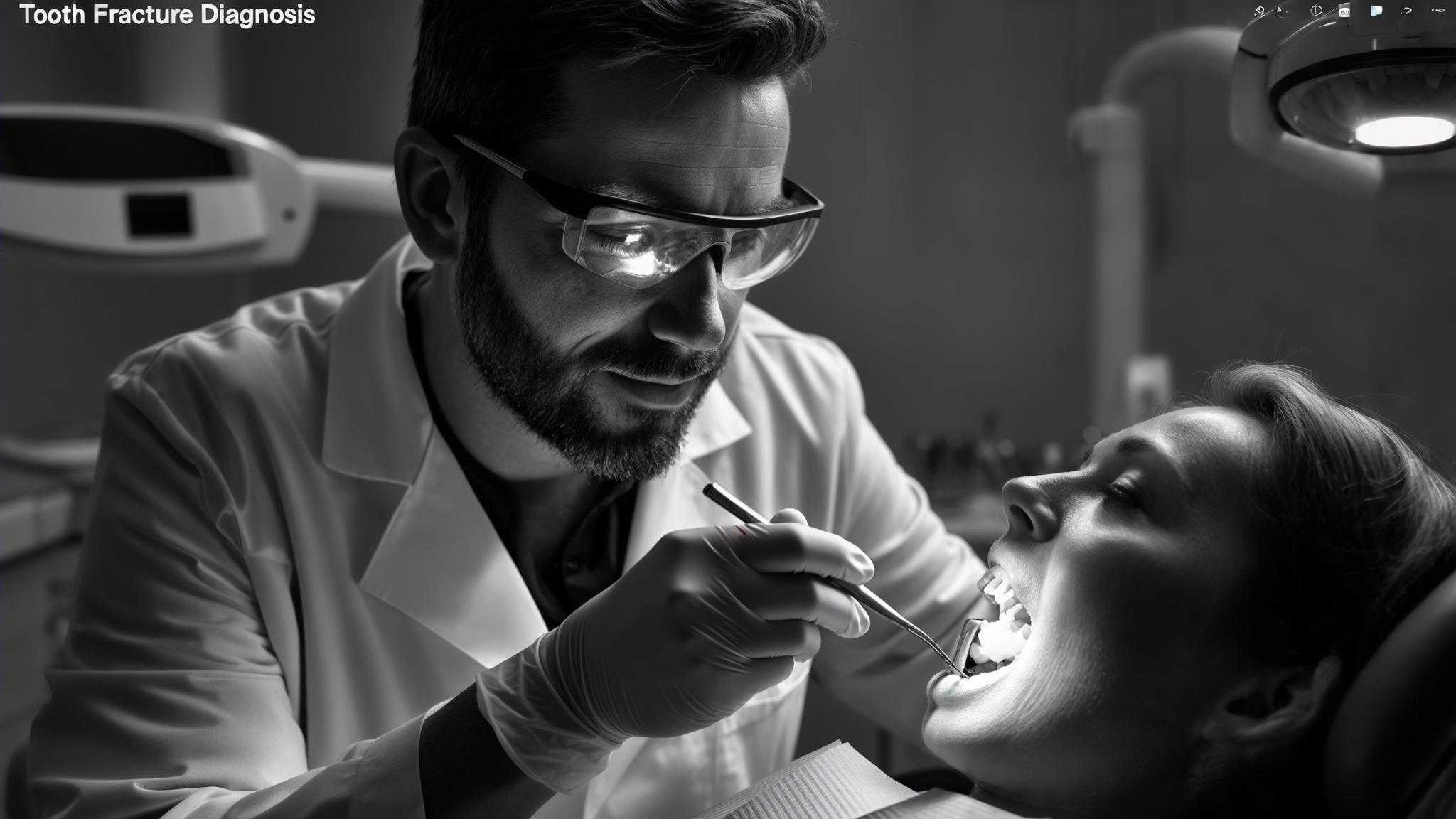Introduction
A tooth fracture below the gum line can be a daunting experience, both painful and worrying. This type of fracture involves the breakage of a tooth beneath the gum, often making it invisible to the naked eye and challenging to treat. Immediate attention is crucial because such fractures can lead to further complications, including infection and tooth loss. In this article, we'll explore what these fractures entail, their causes, how to identify them, and the steps you should take if you suspect you have one.
Understanding Tooth Fractures
Tooth fractures can vary significantly in severity and type:
Types of Tooth Fractures
- Enamel fractures: These are the least serious, affecting only the outer layer of the tooth.
- Dentin fractures: These penetrate deeper, reaching the sensitive layer beneath the enamel.
- Pulp exposure: This occurs when the fracture exposes the tooth's nerve, often causing significant pain.
- Root fractures: These are the most severe, occurring below the gum line and often requiring complex treatment.
Causes of Tooth Fractures
Several factors can lead to tooth fractures:
- Trauma and accidents: A fall or a blow to the mouth can easily fracture a tooth.
- Biting hard objects: Chewing on ice, hard candy, or other hard items can cause fractures.
- Teeth grinding (bruxism): This habit wears down teeth over time, weakening their structure.
- Decay and weakened structure: Cavities and decay can compromise the integrity of a tooth, making it more prone to breaking.
Identifying a Tooth Fracture Below the Gum Line
Recognizing the signs of a tooth fracture is essential for timely intervention.
Signs and Symptoms
- Pain and discomfort: You may experience sharp or throbbing pain.
- Swelling and inflammation: The area around the fracture may become swollen.
- Sensitivity to temperature: Affected teeth may react painfully to hot or cold foods and drinks.
- Visible damage or irregularities: Although the fracture is below the gum line, you might notice changes in how the tooth feels or appears.
Diagnostic Methods
- Clinical examination: A dentist will visually inspect and feel for irregularities.
- Dental X-rays: These can reveal fractures not visible to the eye.
- Cone-beam computed tomography (CBCT): This advanced imaging provides detailed views of the tooth and surrounding structures.
Immediate Actions to Take
If you suspect a tooth fracture, there are several first aid steps you can take:
First Aid Procedures
- Rinse the mouth with warm salt water: This helps clean the area and can reduce bacteria.
- Apply a cold compress to reduce swelling: This can also help alleviate pain.
- Avoid using the affected tooth: Try not to chew on that side of your mouth.
When to Seek Emergency Dental Care
- Persistent pain: If the pain does not subside, seek help immediately.
- Signs of infection: Symptoms like fever or pus require urgent attention.
- Difficulty in eating or speaking: These could indicate a severe issue needing prompt care.
Professional Evaluation and Treatment Options
Initial Consultation with a Dentist
During your visit, the dentist will:
- Conduct a detailed assessment of the fracture.
- Discuss potential treatment options tailored to your specific needs.
Treatment Procedures
- Root canal therapy: This may be necessary if the pulp is affected.
- Extraction of the fractured tooth: In cases where the tooth cannot be saved.
- Bone grafting if necessary: To prepare the area for future restoration.
- Dental implants and prosthetics: These can replace missing teeth and restore function.
Follow-up Care and Monitoring
Regular dental visits and monitoring are crucial to ensure healing and prevent future issues.
Preventive Measures
Taking steps to prevent tooth fractures can save you from future dental emergencies.
Oral Hygiene Practices
- Regular brushing and flossing: Maintaining good oral hygiene strengthens teeth.
- Routine dental check-ups: Regular exams can catch potential problems early.
Lifestyle Modifications
- Avoiding hard foods: This reduces the risk of fractures.
- Using mouthguards during sports: Protect your teeth during physical activities.
- Managing bruxism: Consider night guards or stress reduction techniques.
Conclusion
Addressing tooth fractures promptly is vital to prevent complications. If you suspect a fracture, seek professional help immediately. Maintaining good dental health through preventive measures can help you avoid such emergencies in the future.
References
- American Dental Association. (n.d.). Tooth Fractures.
- Mayo Clinic Staff. (n.d.). Dental Emergencies.
- WebMD. (n.d.). Tooth Fractures and Cracks.

